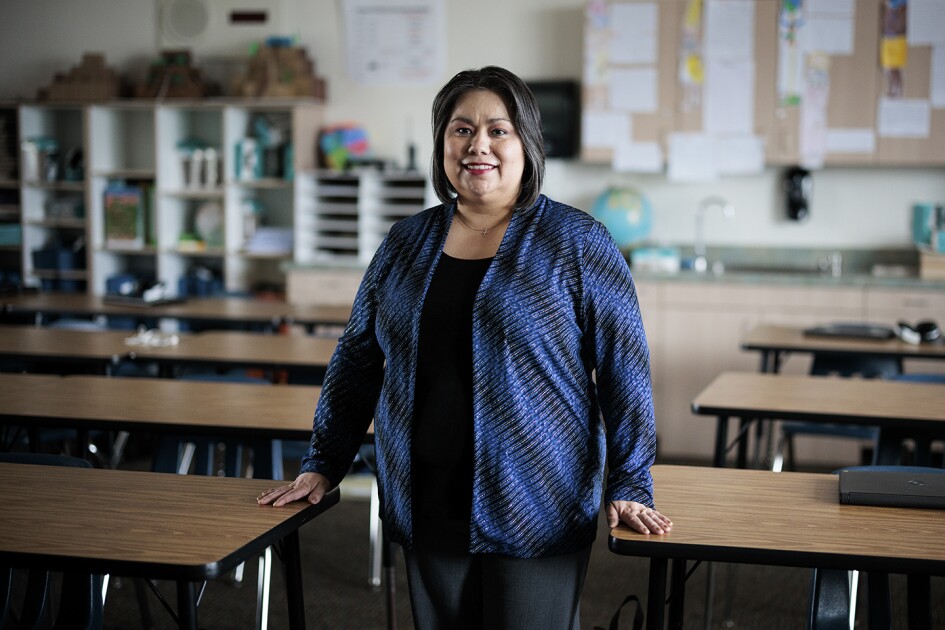
A new study of more than 12,000 students in 11 states finds low-income and minority children are, on average, enrolled in lower-quality preschool classrooms than their higher-income and white peers. The findings raise questions about the ability of publicly funded preschool to narrow achievement gaps.
Educational consultant Rachel Valentino found “quality gaps” between preschool classrooms are about the same size as the large race and income-related achievement gaps that students experience when they first enter kindergarten. Valentino’s study was published in September in the American Educational Research Journal, a peer-reviewed publication.
The study used multiple factors to assess quality. The largest gaps appear on the CLASS, which measures instructional and emotional aspects of classroom climate. These results suggest that low-income, black, Hispanic and non-English speaking children are significantly less likely than white, higher-income and English speaking peers to engage in free-choice activities in preschool. They are more likely to work individually on activities like worksheets.
Valentino also found that compared to white peers:
- Hispanic students are enrolled in larger preschool classes.
- Hispanic students, students from low-income families, and English-learners have teachers with fewer years of experience.
- Minorities and students from low-income families are also more likely than their counterparts to have teachers with adult-centered and authoritarian beliefs about childrearing.
In an email to Education Week, Valentino offered two approaches to narrowing the preschool quality gap.
“First, experimental research shows that early childhood teaching quality is actually quite malleable,” she wrote. “Professional development, particularly when it involves regular in-class support from a mentor teacher or coach, has been shown to significantly improve the quality of teacher-child interactions.”
In addition, Valentino and other researchers have found that high-quality teachers are less likely to work at the highest-need schools. “Policy approaches might include incentives to help recruit a greater share of high-quality teachers to high-needs schools,” Valentino said.
Preschool Quality Varies by State
Valentino’s analyzed two surveys conducted in 11 states between 2001 and 2004. The states were selected because they had committed significant resources to state pre-Kindergarten initiatives that had been operating for several years. At the time of the studies, these states, which included California, Texas, and New York, were home to a combined total of 80 percent of all children participating in state-funded preschools. A total of 12,334 students and 647 classrooms were included.
Valentino found that quality gaps vary considerably by state. For instance, two states actually offered higher quality or equivalent experiences to low-income and minority students and their counterparts. Valentino does not name these states. But she does note that states with higher rates of residential segregation tend to have bigger race-based quality gaps favoring whites or disadvantaging minorities. Valentino did not find a correlation between quality gaps and per-pupil spending.
Although her findings raise questions about preschool’s ability to close achievement gaps, Valentino does believe that early learning has the potential to make a difference.
“Research does show that when public pre-K is high quality in nature, it has the potential to yield large cognitive and social-emotional benefits, particularly for low-income students,” she wrote. “So I am optimistic about pre-K’s potential to significantly narrow the achievement gap if states take the steps needed to ensure that quality is evenly distributed across programs.”
Photo Source: Getty
Related:
- States’ Pre-K Access, Funding Tick Upward, While Quality Varies
- What Are Common Traits Shared by High-Quality Preschool Providers?
- Preparing to Launch: Early Childhood’s Academic Countdown



